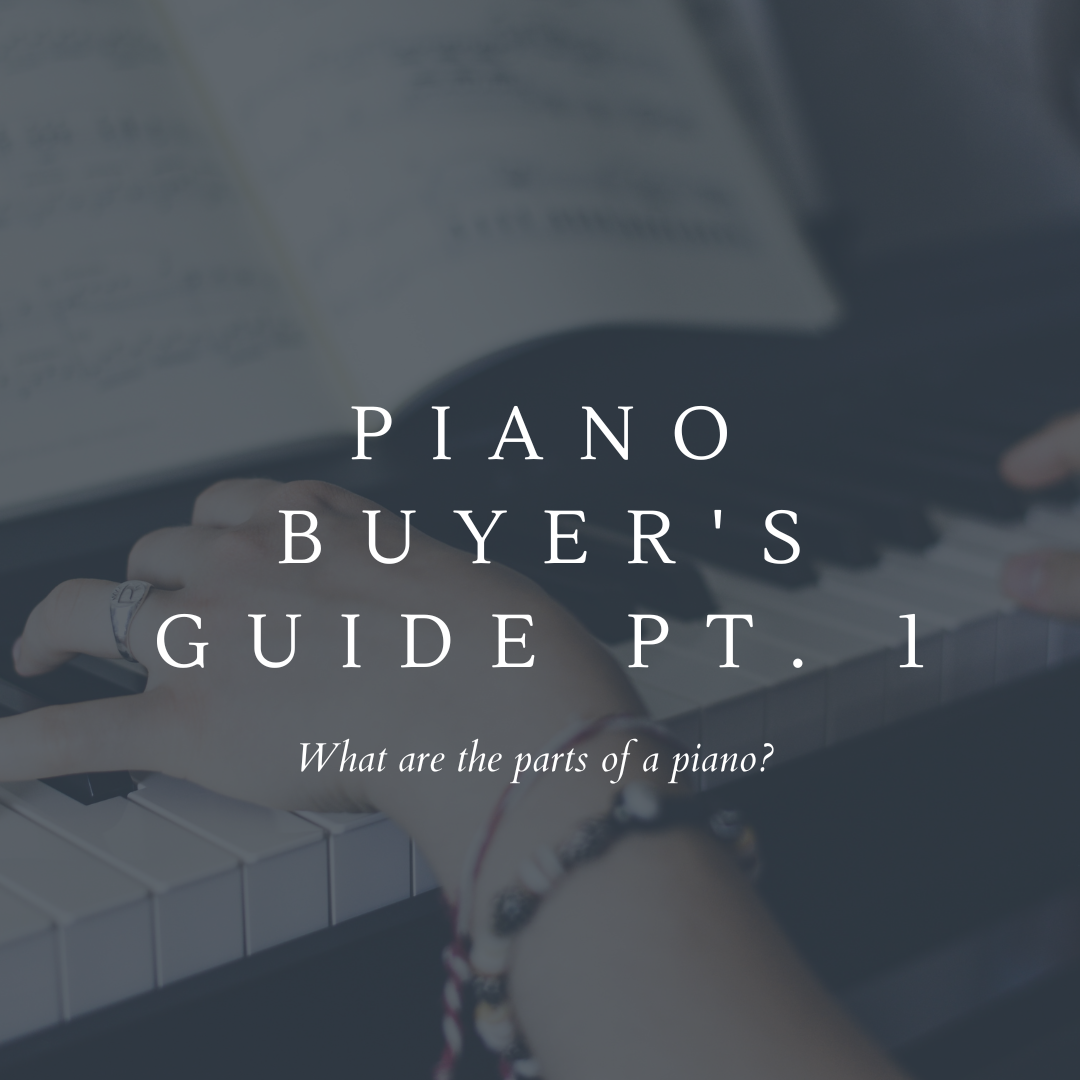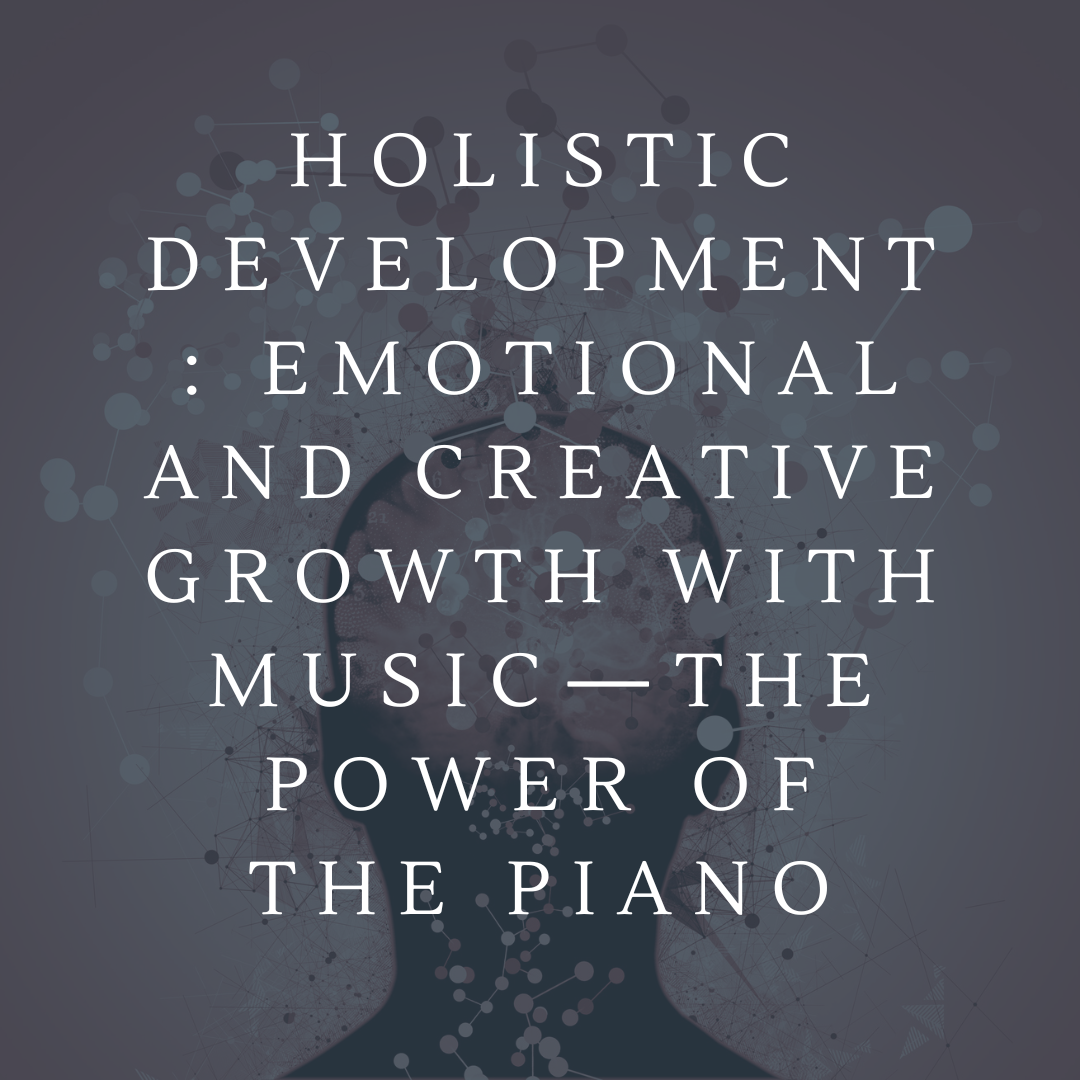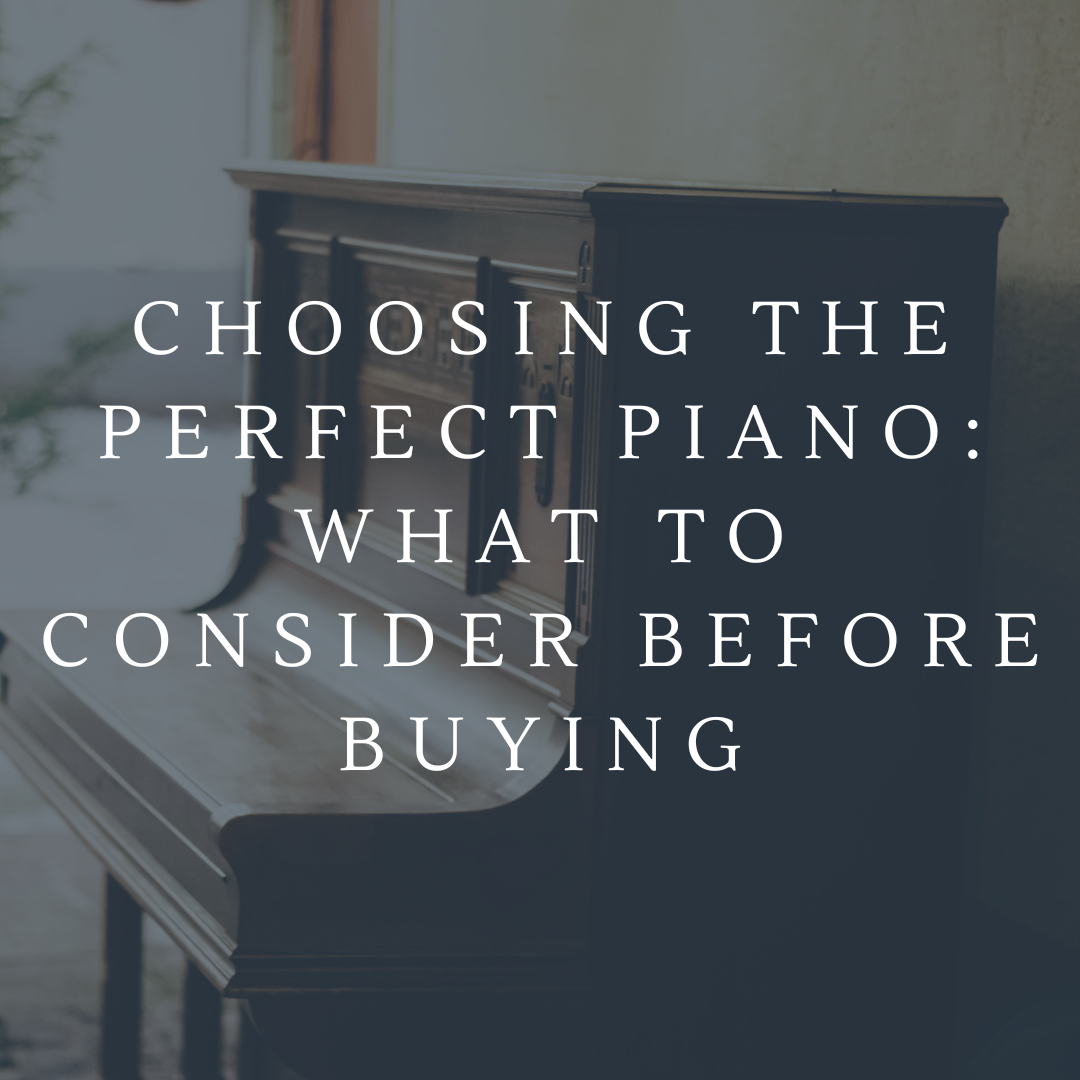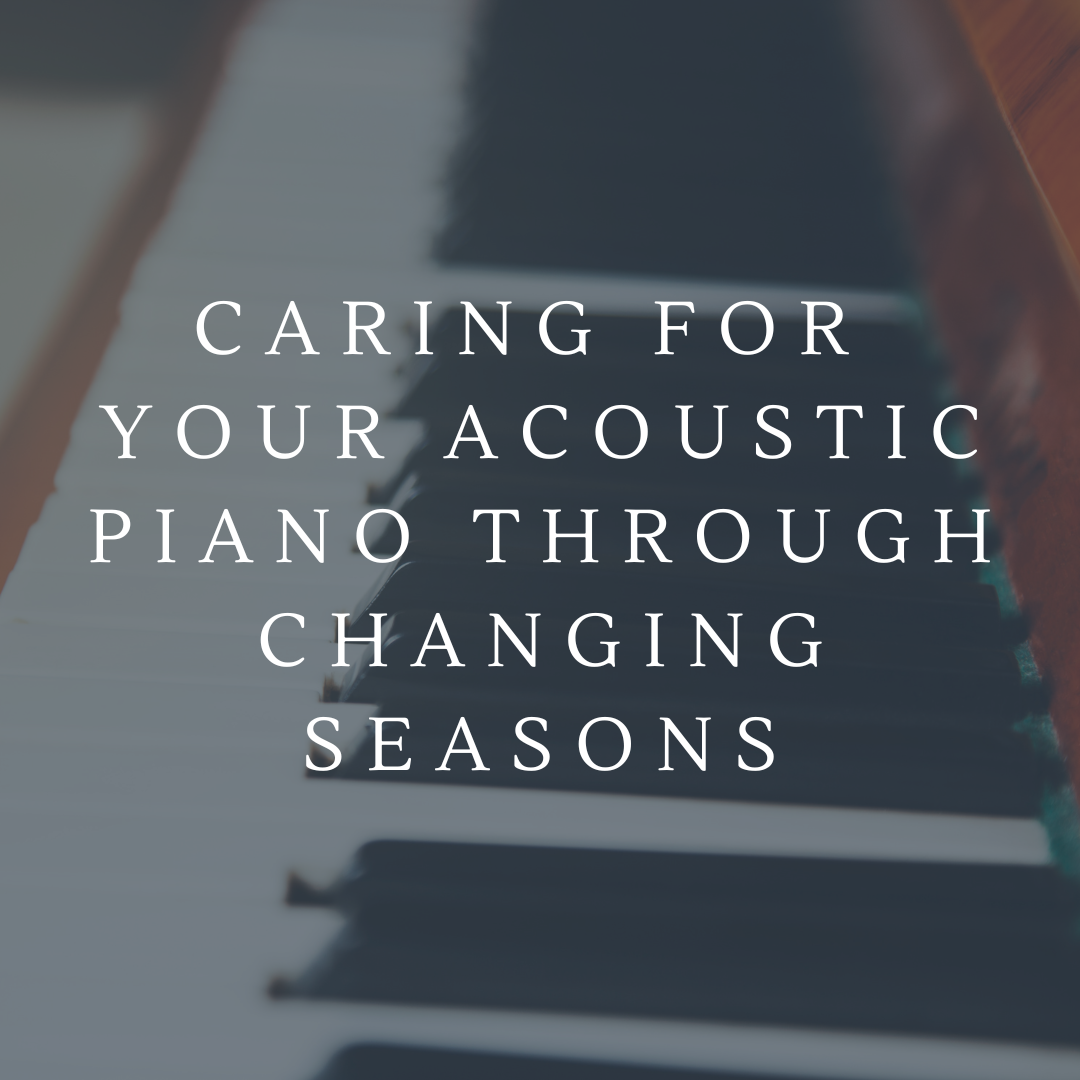
The piano is a stringed keyboard instrument in which the strings are struck by wooden hammers that are coated with a softer material. It is played using a keyboard, which is a row of keys that the performer presses down or strikes with the fingers and thumbs of both hands to cause the hammers to strike the strings. It was invented in Italy by Bartolomeo Cristofori around the year 1700.
Case
The case (or body) is the wooden housing of the piano.
Fallboard / Key Lid
The fallboard (or key lid) is the hinged piece of wood that folds down to protect the keys when the piano isn’t in use.
Lid
The lid is a section of wood on top of the piano that can be held open by a wooden stick called a lid prop.
Opening the lid on a grand piano will improve tonal resonance and will result in a much clearer, more resonant sound. You’ll often find concert pianists with their lid open for this reason.
Keyboard
A standard keyboard has a combination of 88 keys.
Strings
For each key, there are three wound steel wires that run from tuning pins on the pinblock to the hitch pins. When a hammer strikes them, the vibrations turn into sound. Pianos have bass strings to play lower notes, and treble stings to play higher notes.
Hammers
The keys are attached to small, felted mallets. When a key is pressed, the hammer strikes the strings causing a resonant vibration.
Dampers
When you press a key and then release it, you’ll notice the ringing stops (unless you have the sustain pedal activated). That’s because when a key is released, small, triangular felt pads called dampers rest on the strings to stop them ringing. This prevents the notes from bleeding into one another.
Soundboard
Sometimes referred to as ‘the belly’, the soundboard is made of wood and acts as a large resonator – transforming string vibrations into audible soundwaves.
Pinblock
The pinblock sits between the plate flange and the case and has tuning pins driven into it. Strings are then wound around these pins. A pinblock is required to keep the pins in place providing the tension necessary to keep the piano in tune. The quality of the pinblock is crucial for tuning stability.
Cast-Iron Plate
The cast iron plate structure affects the clarity in tone quality and timbre effect.
Piano Action
The piano action mechanism (also known as the key action mechanism or simply the action) of a piano or other musical keyboard is the mechanical assembly which translates the depression of the keys into rapid motion of a hammer, which creates sound by striking the strings.
Pedals
Piano pedals are foot-operated levers at the base of a piano that change the instrument's sound in various ways. Modern pianos usually have three pedals, from left to right, the soft pedal (or una corda), the sostenuto pedal, and the sustaining pedal (or damper pedal). Some pianos omit the sostenuto pedal or have a middle pedal with a different purpose such as a muting function also known as silent piano.

Comments will be approved before showing up.

Music has long been recognized as a powerful tool for emotional and creative growth. Among all musical instruments, the piano stands out as a gateway to self-expression, cognitive development, and emotional well-being. Whether you're a beginner learning your first melody or a seasoned pianist composing intricate harmonies, playing the piano fosters holistic development in ways that go beyond the keys.

Buying a piano is an exciting and significant investment, whether you’re a seasoned pianist or just starting your musical journey. With so many options available, it’s important to choose one that fits your needs, budget, and space. Here’s a comprehensive guide to help you navigate the process.

Your piano isn’t a piece of furniture; it’s an heirloom, a creative outlet, and an investment. Protecting it from the effects of the changing seasons ensures it remains a source of joy and music for years to come.